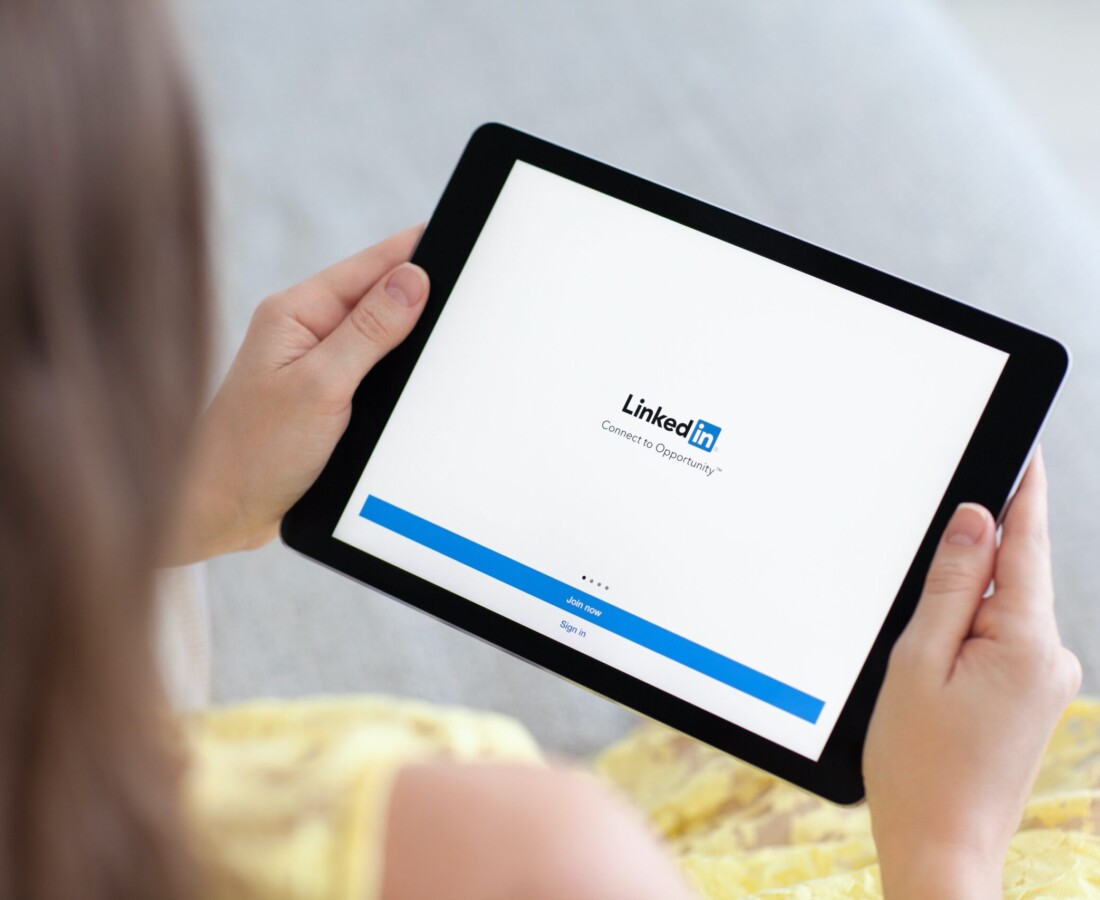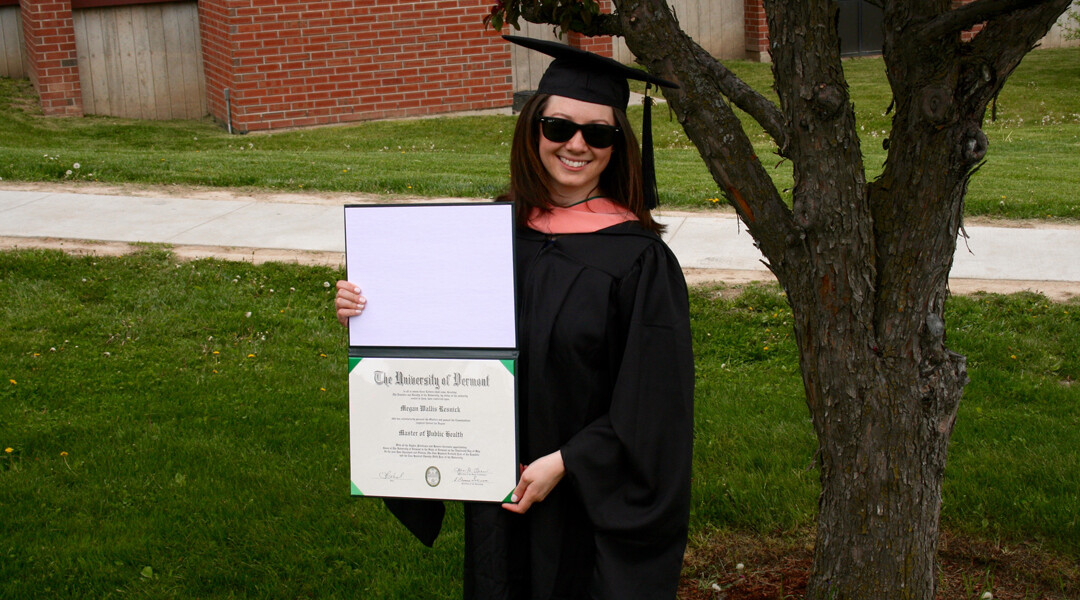By Kate Whitney
Something seems off.
Your LinkedIn profile is up and running, you’re putting yourself out there, but the job offers and connection requests… are coming in at a snail’s pace.
In Part 3 of our series, Creating an Effective LinkedIn Profile, Heather Palow, M.Ed., ACC, Career Development Coach for UVM’s Master of Public Health Program and Public Health Certificates, Palow describes some of the repeat offenders she often sees when helping clients develop their profiles that may be impeding your ability to use the platform as successfully as possible.
“The number one mistake I see over and over again is people copying and pasting their resume into their LinkedIn profile,” Palow said. “They don’t remember that LinkedIn is a database at heart so copying and pasting your resume adds additional formatting that bogs down the searchability of the profile.”
“A second common mistake comes in the summary section – it also is not a place to recreate your resume,” Palow continued. “I suggest that you imagine that you’re having a cup of coffee with someone you haven’t seen in a while, and write your summary as if you’re talking in your regular tone of voice, having a conversation where you’re telling them what you’ve been up to and what you are looking forward to doing in the future (or who you’re trying to help.) You don’t talk like a formatted resume, ‘I specialize in x, y, and z’ including every buzzword — so that’s not necessarily appropriate to have in the summary section of a LinkedIn profile. In fact, if you see something like that on LinkedIn, you know people haven’t invested time and energy into their profile.”
A final problematic error Palow identified is the idea that you need to include everything in your LinkedIn profile. There are 2000 characters you can type into the summary section, for example—but Palow noted that recruiters are looking through hundreds of LinkedIn profiles, so try to make it short and sweet, making sure to give your preferred contact information at the end of the section so people know how to contact you. Even though your contact information is available in other sections of your profile, adding it into your summary can give recruiters or others you want to connect with you one more chance to have your email address or cell phone number.
More important points:
- If you are at a loss for words to write, review profiles of people you admire and see what they’ve written for inspiration.
- Be warm and welcoming.
- Use the first person. Think “I’m a lifelong learner…”
- Market yourself as a high performer in your summary and experience section (think action words, accomplishments, talking about times you’ve been promoted or hand-picked for projects).
- Avoid buzzwords, try and be creative!
Gaps in Your Work History
“I’m asked a fair amount of career transition questions from stay-at-home professionals—people who have spent time out of the workforce—or military professionals who are transitioning to civilian life.” Palow said. “Almost everyone needs time as they transition from one life event to another, and they aren’t sure how to address this timeframe on their LinkedIn profile. If you choose to address this career transition time on your LinkedIn profile, I suggest humanizing your profile. You can add the dates of your transition timeframe and add your activities under various sections depending on what you were engaged in. Examples could include volunteering at your child’s preschool, taking a class or two, community gardening or supporting an organization that’s important to you. You don’t have to address your employment gap at all if you don’t want to, but if you do add activities during that time, you can add whatever items will give you the talking points and information that you want to share.”
Lastly, Palow recommends LinkedIn users spend 15 minutes per month updating their profile to keep things fresh and invest in their online presence.
“Creating and then periodically updating your LinkedIn profile creates credibility in you as a professional in your chosen career field, how you show up online matters,” Palow said. “People trust people who engage through clear, consistent, professional communication. Showing up as a human who genuinely wants to use your strengths to help others become stronger in your career field is what LinkedIn is all about.”
Learn more about UVM’s Public Health Programs here.




